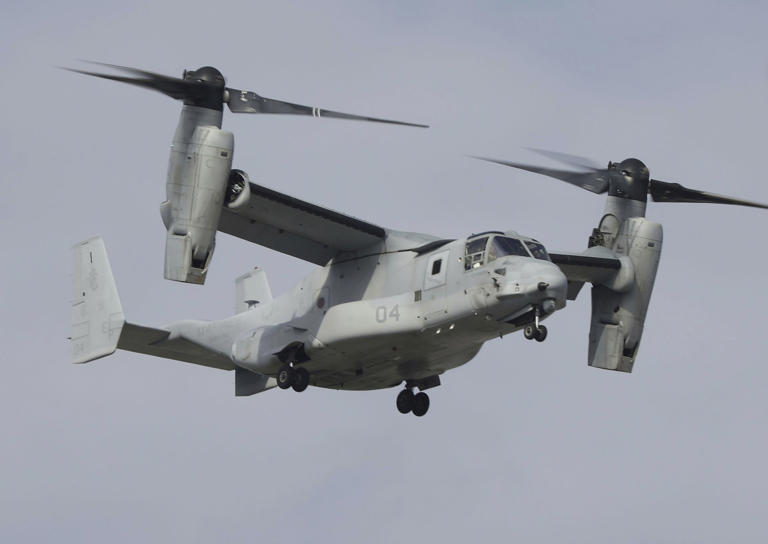In a significant development for military operations in Japan, the U.S. and Japanese militarise have announced the resumption of flights of Osprey aircraft following a fatal crash last November. This decision comes after thorough maintenance and training protocols and amid ongoing discussions regarding safety and operational requirements. Here’s an overview of the key aspects surrounding the Osprey flights resumption:
- Maintenance and Training Completion: Following the fatal crash, both U.S. and Japanese military forces have diligently worked on necessary maintenance and training procedures to ensure the safe return of Osprey aircraft to flight operations. This comprehensive approach underscores the commitment to safety and readiness.
- Grounding and Investigation: The entire U.S. Osprey fleet was grounded in the aftermath of the crash, highlighting the seriousness of the incident. Subsequent investigations revealed that the crash was caused by a specific part failure rather than a fundamental design flaw in the Osprey aircraft.
- Mitigating Safety Concerns: To address safety concerns, Osprey flights will initially be limited to areas around their bases. This precautionary measure aims to reassure residents, particularly in Okinawa, where most of the U.S. military Ospreys are deployed, and where vocal opposition to the aircraft exists.
- Collaborative Approach: Japan and the United States have maintained close communication throughout the process, ensuring transparency and cooperation in addressing safety issues and operational requirements. The phased approach to resuming flights reflects a shared commitment to safety and security.
- Ongoing Concerns: Despite the decision to resume Osprey flights, Okinawa Governor Denny Tamaki has expressed reservations, citing insufficient explanation about the cause of the accident. This underscores the importance of ongoing dialogue and transparency in addressing community concerns.
- Operational Implications: The resumption of Osprey flights in Japan is crucial for maintaining operational readiness and capabilities, particularly in the context of regional security challenges. The Osprey’s unique capabilities, including vertical takeoff and landing, contribute to enhancing military effectiveness in various scenarios.
- Continued Oversight: As Osprey flights resume, continued oversight and monitoring will be essential to ensure adherence to safety protocols and address any emerging issues promptly. Regular reviews and evaluations will help maintain confidence in the aircraft’s reliability and safety.
The decision to resume Osprey flights in Japan reflects a balanced approach that prioritizes safety while acknowledging operational imperatives. By addressing safety concerns, maintaining open communication, and upholding rigorous standards, both U.S. and Japanese forces aim to ensure the safe and effective use of Osprey aircraft in support of their respective missions and regional security objectives.
